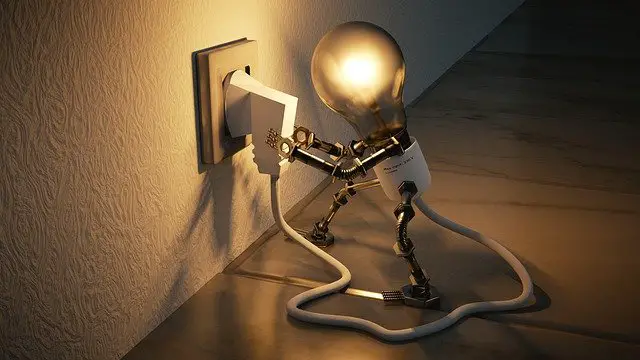There are many forms or types of energy including potential, kinetic, electrical, mechanical, and gravitational among others.
Each of the mentioned forms can be transformed or converted to other forms to accomplish certain tasks.
For instance, in a hydroelectric dam, the kinetic energy of water is converted into electrical energy.
Our bodies also convert chemical energy in the foods that we eat into mechanical energy that we require to move.
Lightening also converts electrical energy into heat, light, and sound energy.
In today’s post, we will focus on the conversation of electrical to mechanical energy.
In particular, we’ll try to answer a common question that people often raise when it comes to energy conversion: what are some of the real-life examples of situations when energy is converted from electrical energy to a form used to move something (mechanical energy)?
For starters, mechanical energy includes potential and kinetic energy, where power is required for the item to keep moving.
Well, without any further ado, here are ten examples of things that convert electrical energy into mechanical energy.
1. An Electric Fan
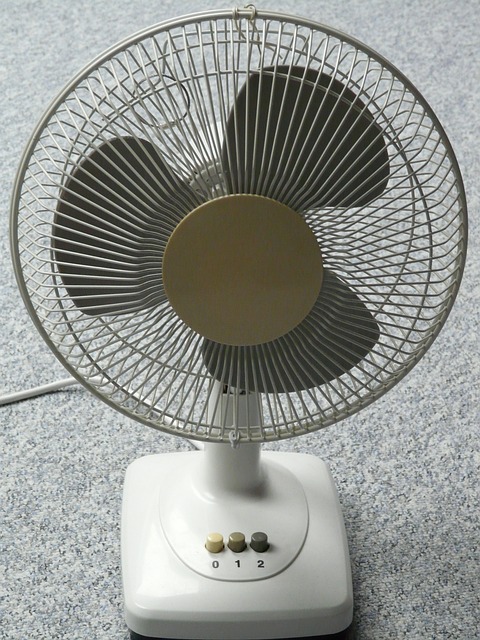
Electric fans are used to increase the airflow. They are common in rooms and electrical devices that generate heat, such as cars and laptops.
Fans have motors that convert electrical energy to mechanical energy.
Manufacturers attach blades to the motor’s moving parts to create a draft where some air is pushed away and more rushes take its place, just like currents.
The size of the motor determines how big the blades that turn are.
2. Power Drills
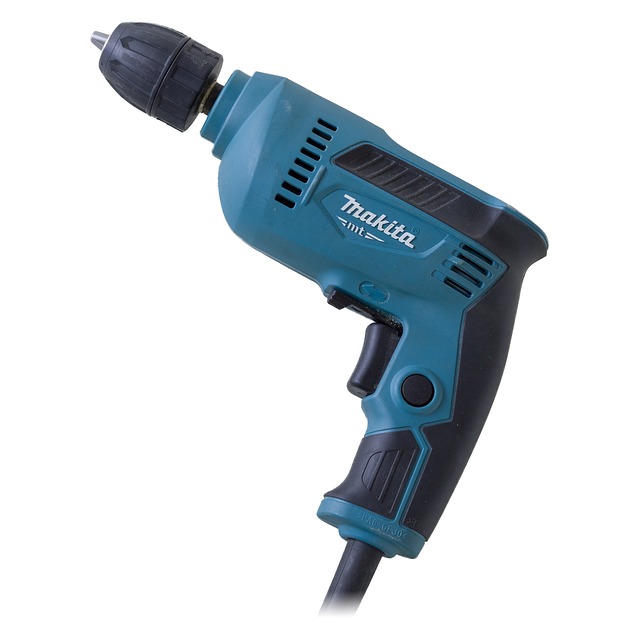
A power drill has a motor that is activated by a switch.
When powered, the motor drives a rotating chuck. This chuck can fit various accessories, depending on your tasks. This enables the drill to perform functions like grinding, driving screws, boring holes, polishing, and sanding.
The wattage of the motor determines how powerful a drill is and its ability to handle tough jobs on hard surfaces.
Most drills have a wattage of between 450 and 1500 watts.
3. Power Saws
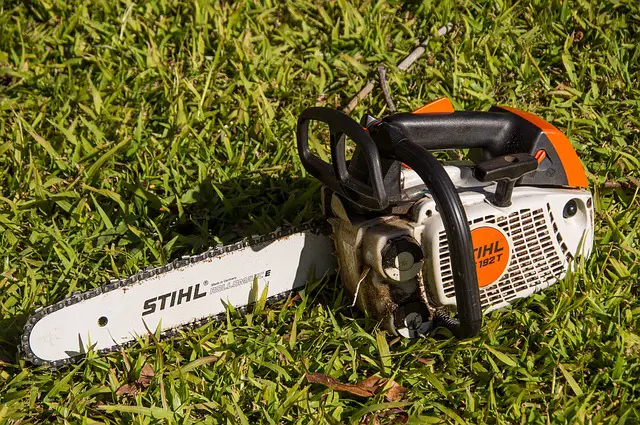
There are different types of power saws in the market to enable carpenters to complete various tasks.
However, most of them use the same principle—they contain a motor that is attached to a cutting blade. Some have a chain, wire, or any other hard-toothed edge.
Depending on the type, the blade may be round, ovular, or straight.
You cut by placing the hard-toothed edge against the material you intend to cut and triggering the motor.
4. Electric Toothbrushes
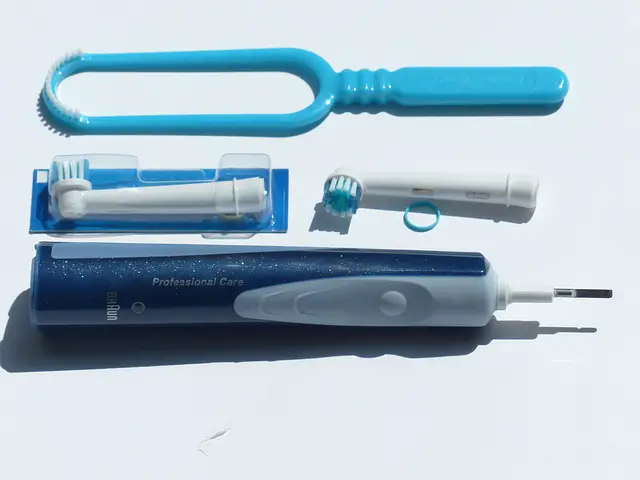
Electric toothbrushes work by rotating or vibrating their bristles to remove any matter that is on your teeth.
This vibration mimics the movement of the toothbrush with your hand as you would do with a manual toothbrush.
The many micro-movements are effective in dislodging any tough material on the teeth.
These brushes can be used by anyone but are particularly good for people with limited mobility.
5. Electrical Car Engine
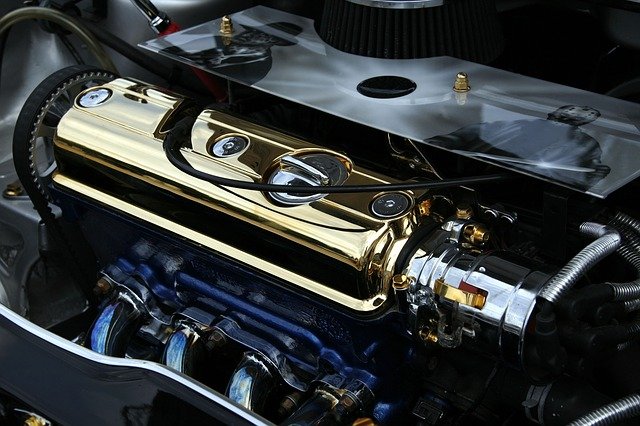
Electric cars work by powering an electric motor, which in turn turns the wheels. They have other features to enable drivers to vary the speed of the vehicle.
The electrical energy is stored in rechargeable batteries that you recharge by plugging into the grind.
Electric cars feel lighter to drive due to a less complicated conversion of energy than traditional fuel engines.
They also do not emit any exhaust from the engine like their fuel counterparts do.
6. Electric Remote Cars
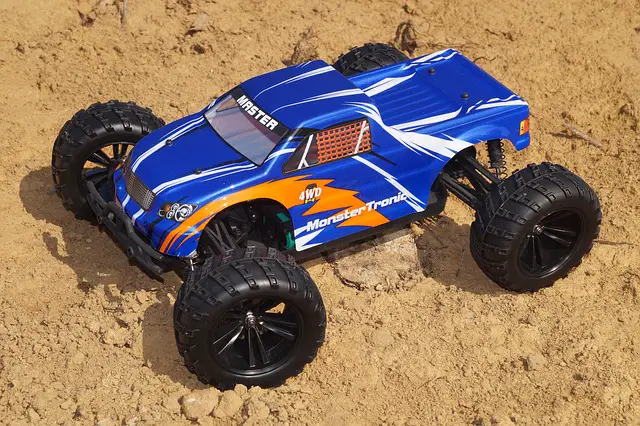
RC works by receiving radio signals from a remote. An internal controller interprets the signals and determines the direction of the vehicle.
The controller controls the motor in the vehicle to determine the direction and speed of the motor and, in turn, the wheels.
Most RC cars are powered by batteries, which store electrical energy for conversion to mechanical energy.
However, some models work with fuel where combustion converts chemical to electrical energy for powering the motor.
7. Electric Bicycle and Motorcycle

An electric bicycle works by supplementing the manual pedals to enable one ride with little effort. It has a motor, a battery, sensors, and a display.
When the electric system is used, the electric energy stored in the battery powers the electric motor, which runs the wheels as per the speed input detected by the sensor.
In most cases, the motor is activated by the pedaling action. As for electric motorcycles, all controls are on the dashboard.
8. Jack Hammer
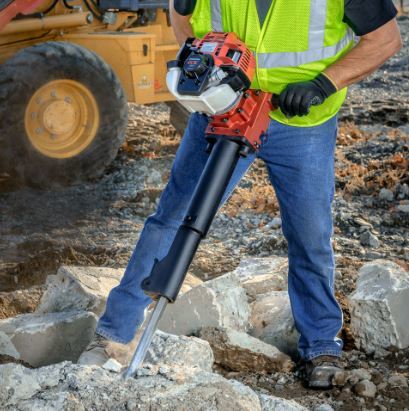
Electric jackhammers have an inbuilt motor that is powered by an electric cord or batteries.
The motor works by rotating a cam, which translates the oscillations to up and down motion. This enables the hammer to push a piston.
After a series of pistons, the jackhammer powers a chisel for work.
Battery-powered jackhammers are portable and work in areas without a power supply but require regular charging and are less strong.
9. Battery-powered Toys
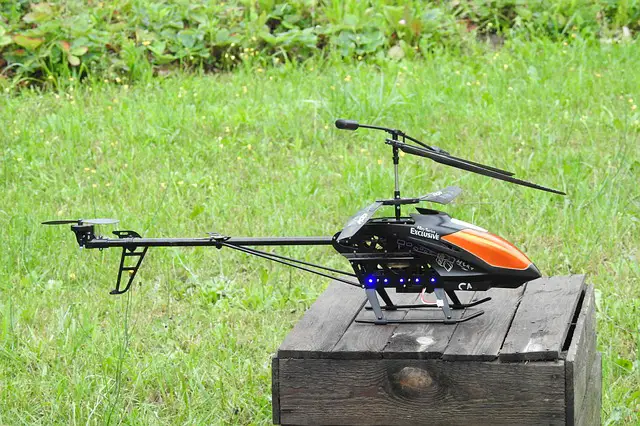
Battery-powered toys work with the same principle as remote-controlled vehicles.
A power source such as batteries powers an inbuilt motor, which in turn turns the wheels.
Depending on the features of the toy, the toy may allow you to vary speed and direction.
Remote-controlled toys have a controller that receives and interprets radio signals from your remote device.
The toys can be a car, airplanes, miniature soldiers and drummists among others.
10. Car Starter
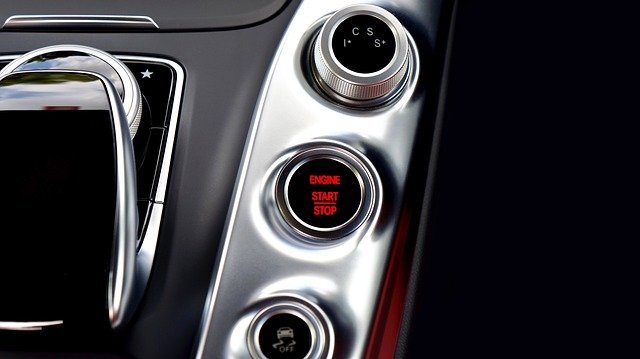
The car ignition system is a combination of various components to start the vehicle.
When you use your ignition key or switch, it engages a motor, which turns the engine over. This allows it to start sucking in air and start the combination.
A set of motors engage when you turn the key to start your motor. The system uses electromagnetic energy to disengage as soon as the car starts without requiring you to remove the key.
Closing Thoughts
There you have it; ten electrical to mechanical energy examples in real-life situations.
Generally, anything that moves when powered by batteries or electricity is likely to have a motor, facilitating the energy conversion.
Check more of such items around your home and learn how they work.

